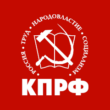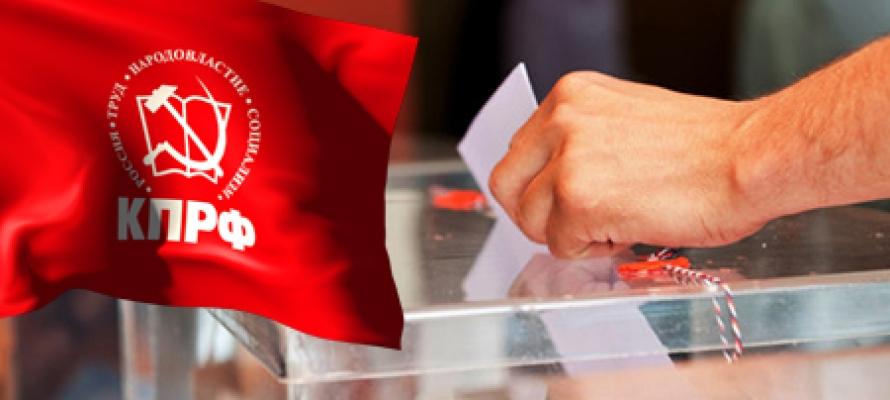On September 9, 2018 there were 58 election campaigns of Federal, Regional and Municipal level in Russia.
Heads of 26 regions (22 of them were elected by popular vote), deputies of 16 regional and 12 city parliaments, mayors of 4 administrative centers and 7 deputies of the State Duma were elected.
In total, these elections comprised more than 63 million voters, i.e. more than a half of national constituency. Election campaign has resulted in distribution of more than 31 thousand mandates of different levels.
This September the second round of voting for the election of the Primorsky Krai Governor as well as for the Heads of the Khabarovsk territory and Vladimir region was also held.
During State Duma by-election campaign the CPRF succeed in Saratov region there Olga Alimova had been given one Deputy mandate out of 7 single-member constituencies.
The Communist party won three party lists in deputy elections of 16 regional parliaments. In the Irkutsk region the Communist party list was supported by 34% of voters (against 28% of “United Russia”).
In Khakassia the Communist party list was supported by 31% of voters (against 25% of “UR”). In the Ulyanovsk region the CPRF list got 36% of support (against 34% of “UR”).
In the Regional elections the CPRF candidate Andrey Klychkov in the Orel region was elected the Governor with the support of 84% of voters.
Valentin Konovalov in Khakassia scored almost 45% (against 32% of Mr. Zimin, the Head of the Republic). This November the electorate will take part in the second round of voting for the Head of Khakassia. CPRF candidate is very close to victory. His electoral superiority is evident and force authorities to take counter measures aimed at prevention of his victory.
Virtually Andrey Ischchenko was the first in the second round of the Primorsky Krai Governor election campaign with almost 52% of support, but due to mass fraud and illegal actions organized by his competitor acting Governor Tarasenko the election results were cancelled. Repeat Governor elections will be in December.
The Communist party list was victorious in Veliky Novgorod with 30.6% of support (against 24% in “UR”). Here the CPRF was successful in one out of 12 City Dumas of administrative centers of the Russian Federation.
Actually 59 CPRF candidates won the elections to the Regional Legislative assemblies in single-mandate districts. This is more than the combined number of winners represented by the LDPR, the Just Russia and all other parties as well as self-nominees (except” UR”).
24 Communists won the elections of deputies of representative bodies of administrative centers of the Russian Federation.
The impressive results of the Communist party in the last elections have been achieved despite the use of all possible “black” electoral technologies implemented by the party in power as well as a great number of other violations recorded by the observers.
They are: bribery of voters, coercion of voters, violation of the secrecy of the vote, pressure of the authorities on voters, illegal campaigning, violation of the rights of observers, members of the Commission, media representatives.
Electoral findings
In the course of September election the Communist party improved its average results compared to the elections in September 2017 as follows:
Governor elections – 1.4 times,
Legislative Assembly (party lists) – 1.7 times,
City Dumas of administrative centers of the Russian Federation – 1.1 times.
Thus, the September election enables the CPRF to reach an average result of 20% of seats in Regional Legislative assemblies and City Dumas and 15% in Governor elections (in the first round).
The percentage of CPRF victories in single-member constituencies (Legislative Assembly elections) has increased fourfold in comparison with 2017 and reached 16%.
The balance of votes in different regions and territories highlights the fact the United Russia Party is gradually loosing electoral support due to cannibalistic pension reform arranged by the government, administrative failures, high level of corruption among its representatives in power as well as total failure to fulfill its obligations to the nation, primarily in social sphere.
The voter is looking for the “main opposition force” and finds the Communist party as an alternative to the party in power. As further confirmation of the above we may note that in some regions the overwhelming majority of “protest votes” were in support of the Communist party.
The failures of the “UR” encouraged the CPRF candidates’ success in single-mandate districts as well as good results in Governor elections. This is the political process of a new quality!

